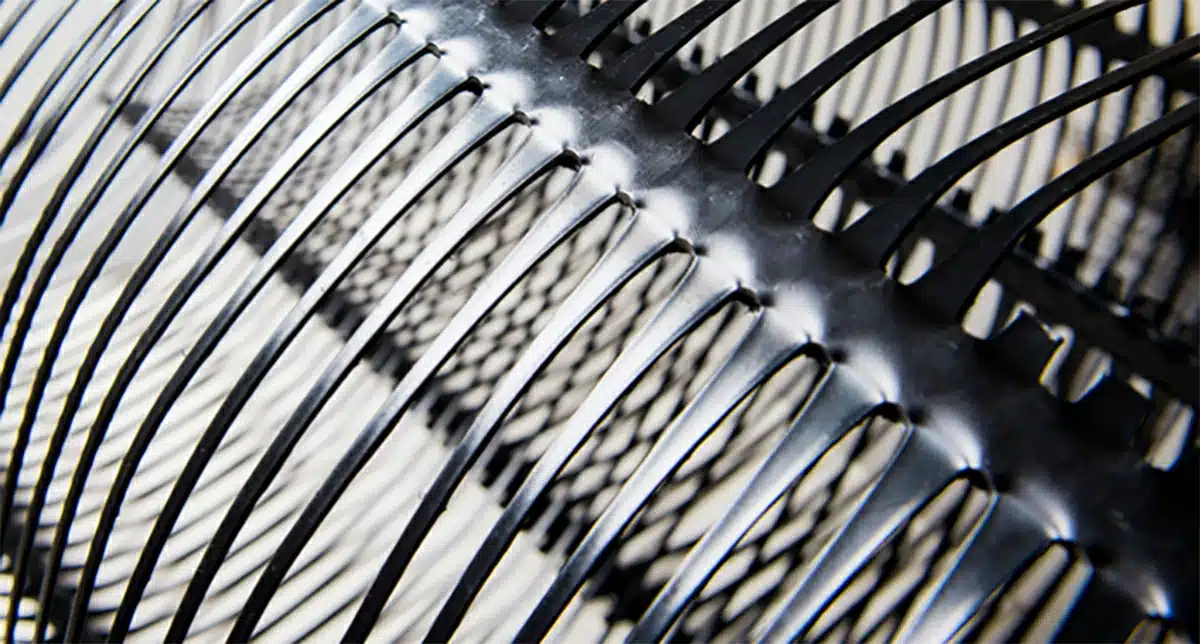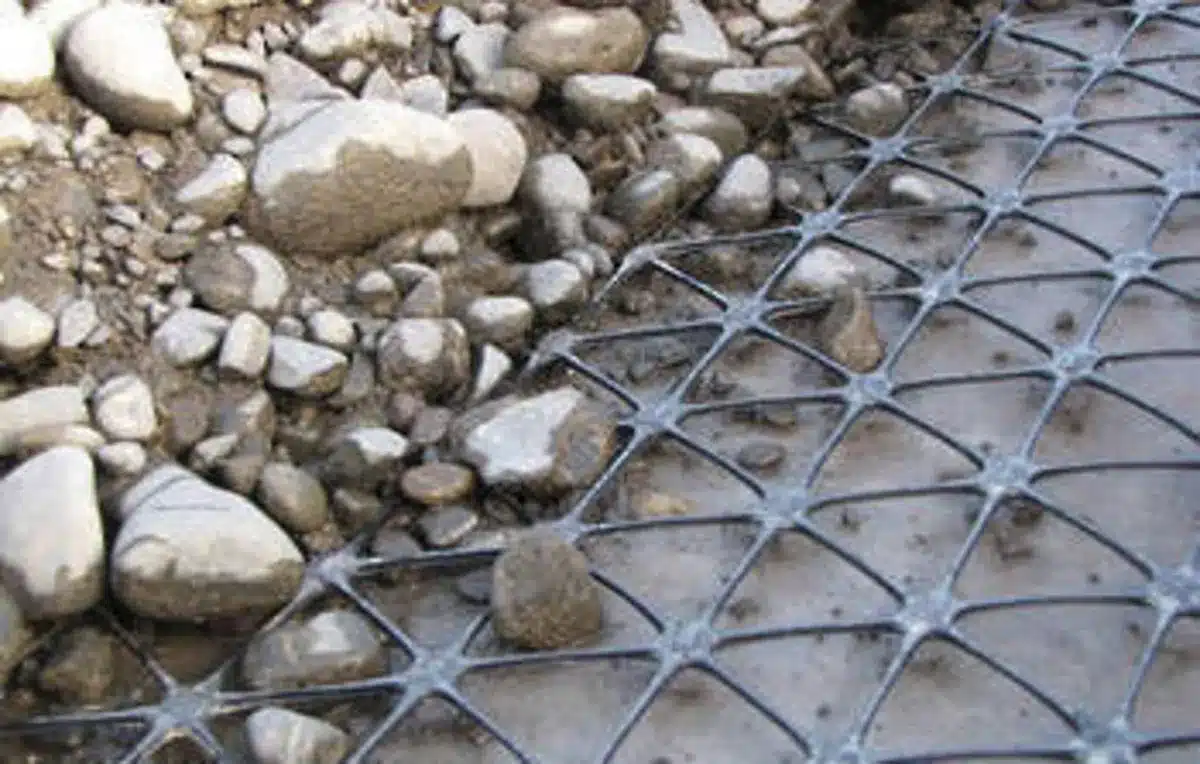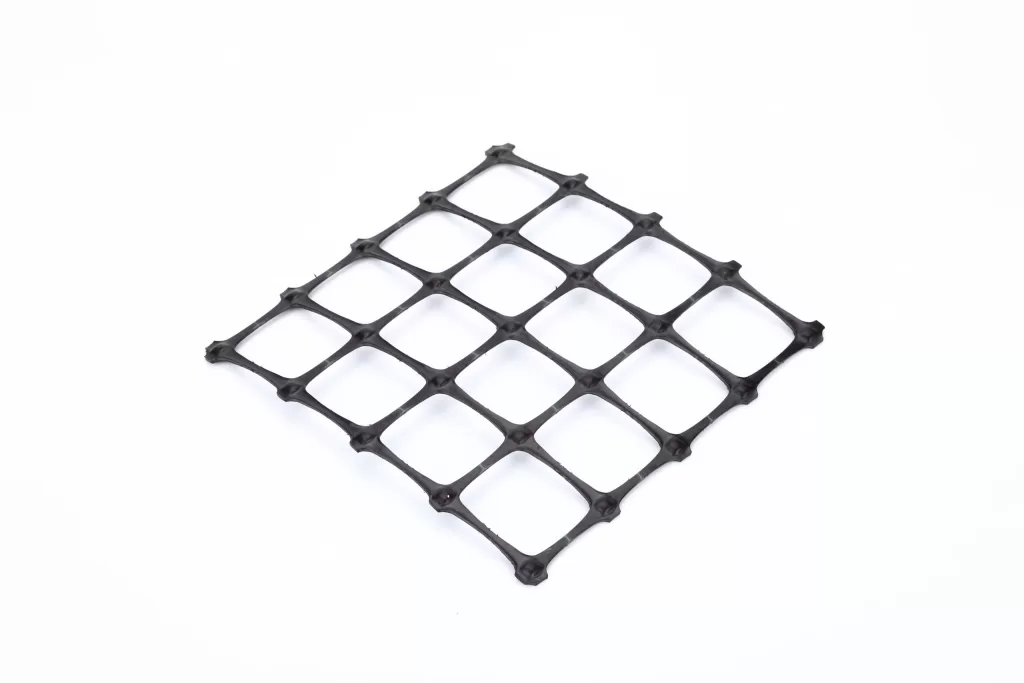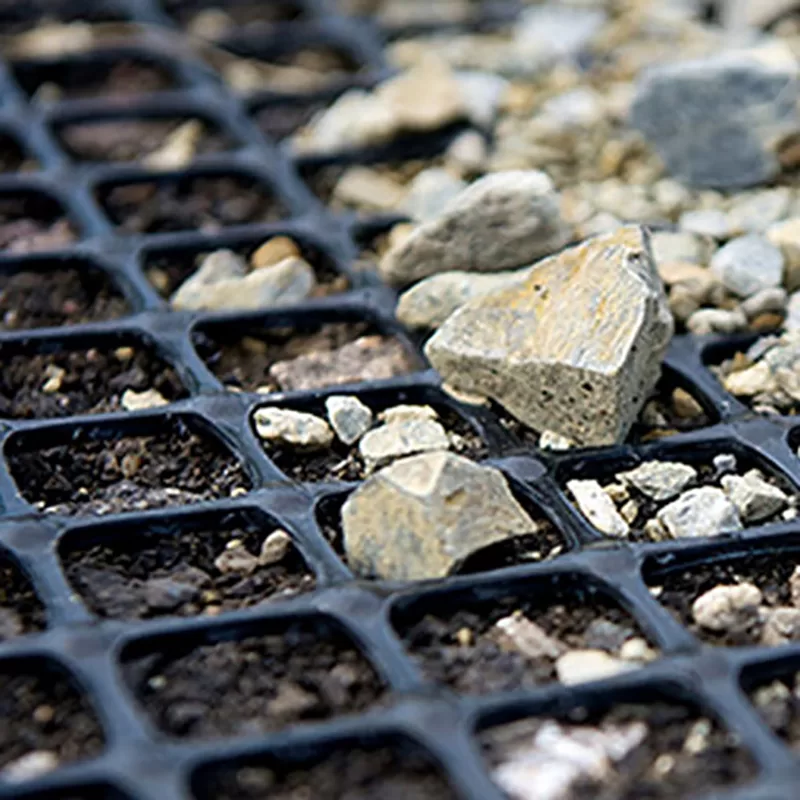+86-159 9860 6917
info@geofantex.com
geofantex@gmail.com
+86-400-8266163-44899
In the evolving landscape of landscaping and civil engineering, the use of reinforced geogrid grass access is becoming increasingly popular. This article delves into the world of reinforced grass, exploring its definition, and installation process, and answering key questions surrounding its application. Whether you’re a professional looking to enhance your knowledge or a homeowner considering a sustainable driveway option, this guide will provide you with essential insights into reinforced geogrid grass access.

What is reinforced grass?
Reinforced grass is a durable surface where specially selected grass grows on a geo-membrane. This geo-membrane is laid over a carefully prepared bedding layer and sub-base, providing a strong foundation. The setup evenly distributes weight, preventing wear and tear while supporting heavier loads. It’s perfect for areas needing both beauty and strength, like driveways, parking lots, and access roads.
How do you install reinforcement grids in grass?
- Site Preparation: Clear the area of debris, weeds, and large stones. Level the ground to ensure an even surface.
- Laying the Geogrid: Roll out the geogrid material over the prepared soil. Cut it to fit the area and ensure that the grid lays flat against the surface.
- Securing the Grid: Secure the geogrid to the ground using staples or stakes, ensuring it’s tight and well-positioned.
- Backfilling: Fill the grid with soil, sand, or a recommended mixture, then seed or sod the area with grass. Ensure the fill material is level with the top of the geogrid.
- Watering and Maintenance: Water the area thoroughly and maintain it as you would any grass area, allowing the grass to grow through the grid.

What are the benefits of using reinforced geogrid grass access?
- Durability: It increases the lifespan of grass areas by protecting roots and reducing compaction.
- Load Distribution: It distributes the weight of vehicles and foot traffic evenly, preventing ruts and soil compression.
- Permeability: Allows for natural water drainage and reduces runoff, making it an eco-friendly option.
- Aesthetics: Maintains the natural look of grass while providing the strength of traditional paving.
- Versatility: Suitable for a wide range of applications, from residential driveways to parking lots and emergency access routes.
What maintenance is required for reinforced geogrid grass areas?
- Regular Mowing: Keep the grass at the recommended height to ensure its health and appearance.
- Watering: Ensure the grass receives adequate water, especially during dry periods, to keep it healthy and green.
- Weed Control: Regularly check for and remove weeds to prevent them from spreading and damaging the grass.
- Repairing Damages: In case of any visible damage to the geogrid or grass, repair it promptly to prevent further issues.
- Seasonal Care: Depending on your climate, additional seasonal care may be required, such as aeration, dethatching, or overseeding.
By understanding what reinforced geogrid grass access is, how to install it, and how to maintain it, you can ensure a durable, sustainable, and attractive solution for high-traffic grass areas. Whether for commercial, residential, or recreational purposes, reinforced geogrid grass access combines the best of engineering with the natural beauty of grass, making it an excellent choice for a wide range of applications.



Get Free Sample
We’ll respond as soon as possible(within 12 hours)





















